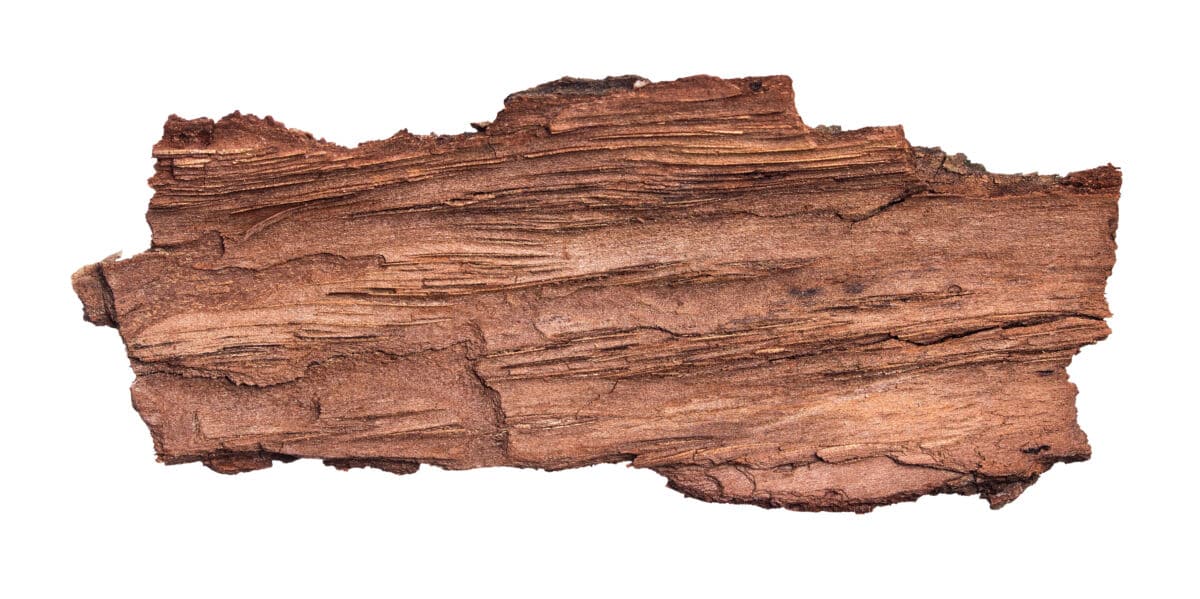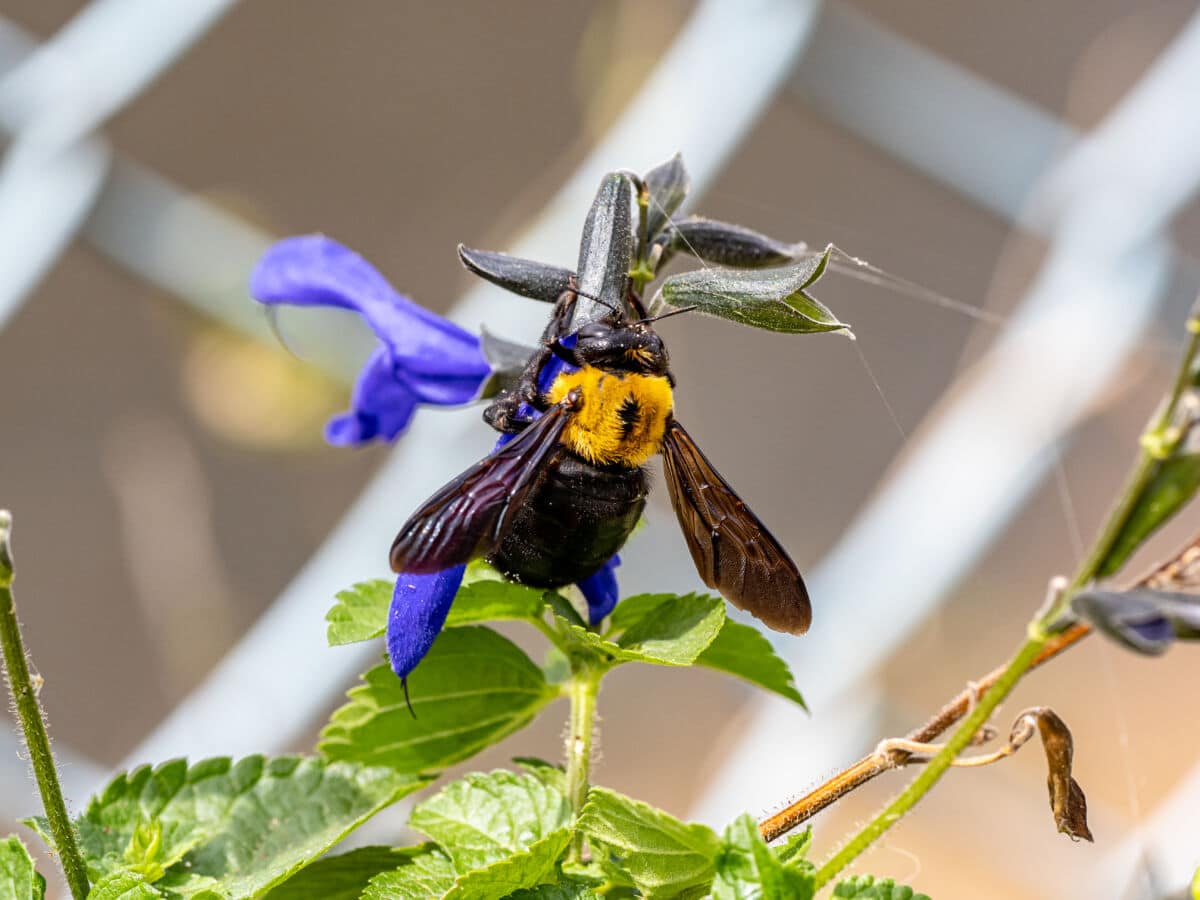How to Remove Carpenter Bees Without Killing Them
Carpenter bees are a vital part of our food chain, yet their population numbers are declining. As essential as they are, nobody wants a nest in their house or garden. So how can you safely get rid of them without killing them? Find out below.

Killing bees didn’t matter a long time ago. But now, everything has changed and getting rid of them turns out to have a lot of dark consequences. And those consequences are unfortunately directly aimed at us humans.
Bees are an essential part of the food chain, pollenating the plants that feed us, and the animals we feed on. Without them, our entire food chain could be severely disrupted, and bees really are having a hard time of things right now. So we need to look after them.
Removing carpenter bees without hurting them is tricky but not impossible. But it’s worth doing, and that’s what we’ll discuss in this guide.
Install a Sacrificial Piece of Wood

If carpenter bees are a menace in your neighborhood, they’re definitely going to be tough to remove if they’ve already established a nest. This is why you should lure them in with a decoy.
A sacrificial wood is a small piece of lumber that’s too good and too convenient for any carpenter bee to ignore. Hunker suggests hanging it in a very exposed manner, so bees won’t have any problem finding it.
You should also build it from untreated and unpainted/ unvarnished softwood like cedar, pine or redwood since bees can chew through them easily. Give it some overhangs as carpenter bees are known to be attracted to that feature. And don’t forget to place it far away from the wood you’re trying to protect.
The best part about this is being able to remove the bees any time. If the decoy is already filled with them, uninstall it and relocate it to a safe area.
Make Some Noise
They say that carpenter bees don’t like loud noises. This is probably due to the fact that wood conducts sound. It transfers sound very well. So nesting snuggly inside solid wood can cause uncomfortable vibrations for the bees.
Use this circumstance on your favor. All you have to do is make as much noise as you can with whatever gadget or instrument you can get your hands on. If all goes well, those bees will be flying out of your house. Just make sure you warn your neighbors about this noisy arrangement first.
Apply Preventive Measures

Most of the time, removing carpenter bees without killing them doesn’t involve a lot of actual “removal” methods. Instead, the best way to get the bees out of your house is to prevent them from staying there in the first place.
These are called Preventive Measures, and there are plenty of options you can try. You can coat the wooden parts of your house with multiple layers of paint or varnish. You can use vinyl sidings on more vulnerable planks or spray WD-40 all over them.
Whatever the case, there are a lot of these defensive measures to try. If you’d like to get more details on them, head on over to our last post here.
Wait for Them to Leave
Hey, if you can’t beat them, maybe just leave them alone… at least, for a few months.
Look for the nests. You’ll recognize them because they’re those 1/2 inch holes drilled into the wood. Once you find them, keep tabs on them. Regularly check if there are still bees moving inside. With protective gear on, lightly tap the entrance of nest to see if a carpenter bee comes out trying to shoo you away. Then wait for 1, 2 or 3 months before you seal them.
Carpenter bees don’t stay in their nests for long. When the grubs mature, they drill out of their chambers and fly away. With nothing to take care of anymore, the mother bee flies out too. However, she will come back if she’s having eggs again. So you need to discourage her from nesting in the same hole.
Use steel wool to fill-in the hole, seal it with caulk, and reinforce it with paint or varnish. This will surely give the right message to the returning female bees.
Without a doubt, it’s tough to remove carpenter bees without killing them. That’s why a lot of homeowners would just go take the easy route and spray something to relieve their bee problem. However, if you’re aware about this little bee’s contribution to pollination, you would think otherwise and patiently try to get rid of them without causing any harm.
Share this post
Save time and money on pest control
Subscribe to expert DIY pest control tips, pest control product reviews and information.




